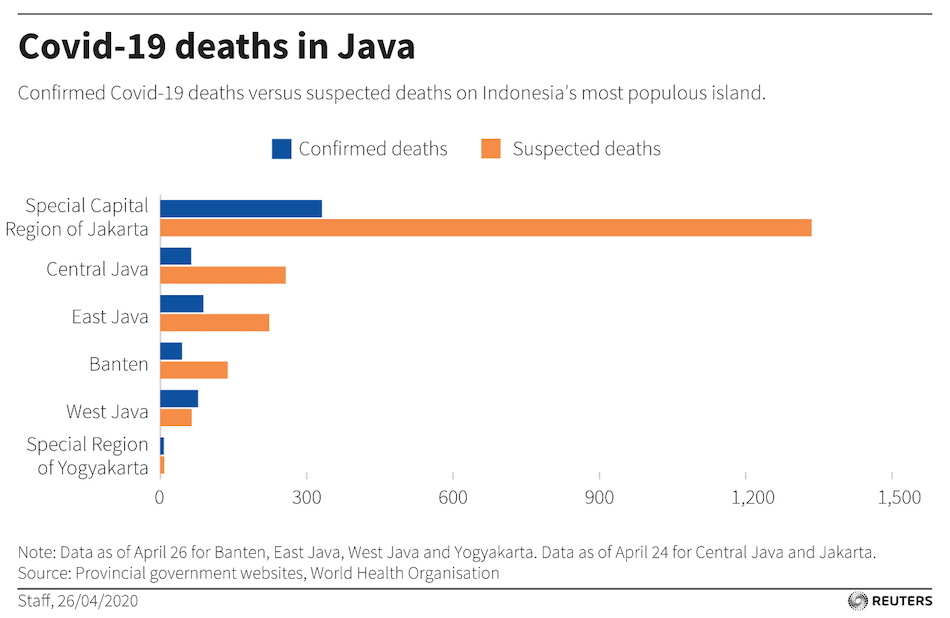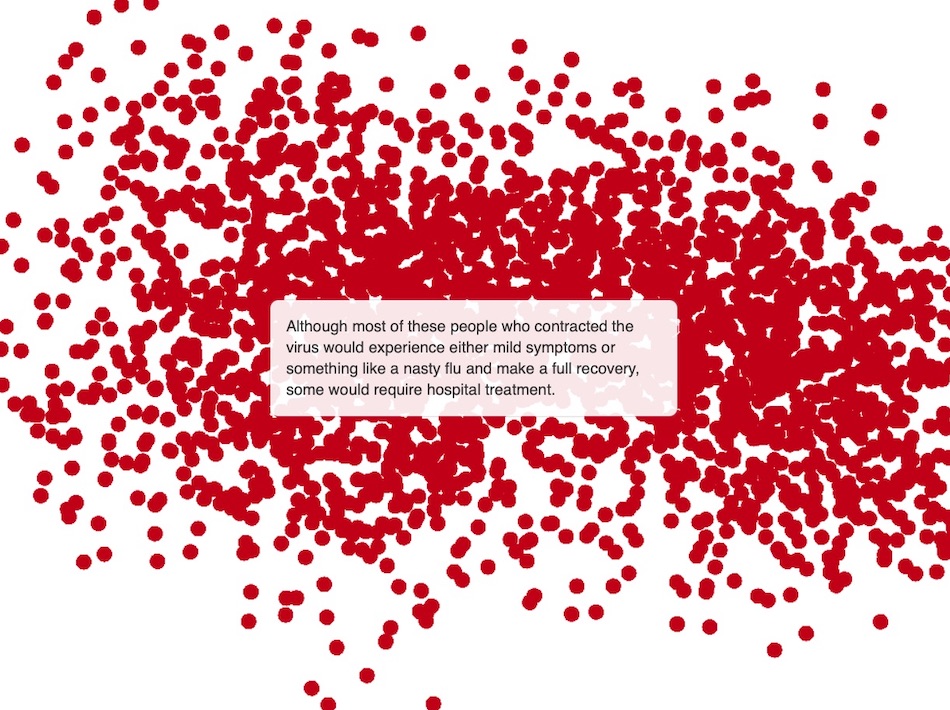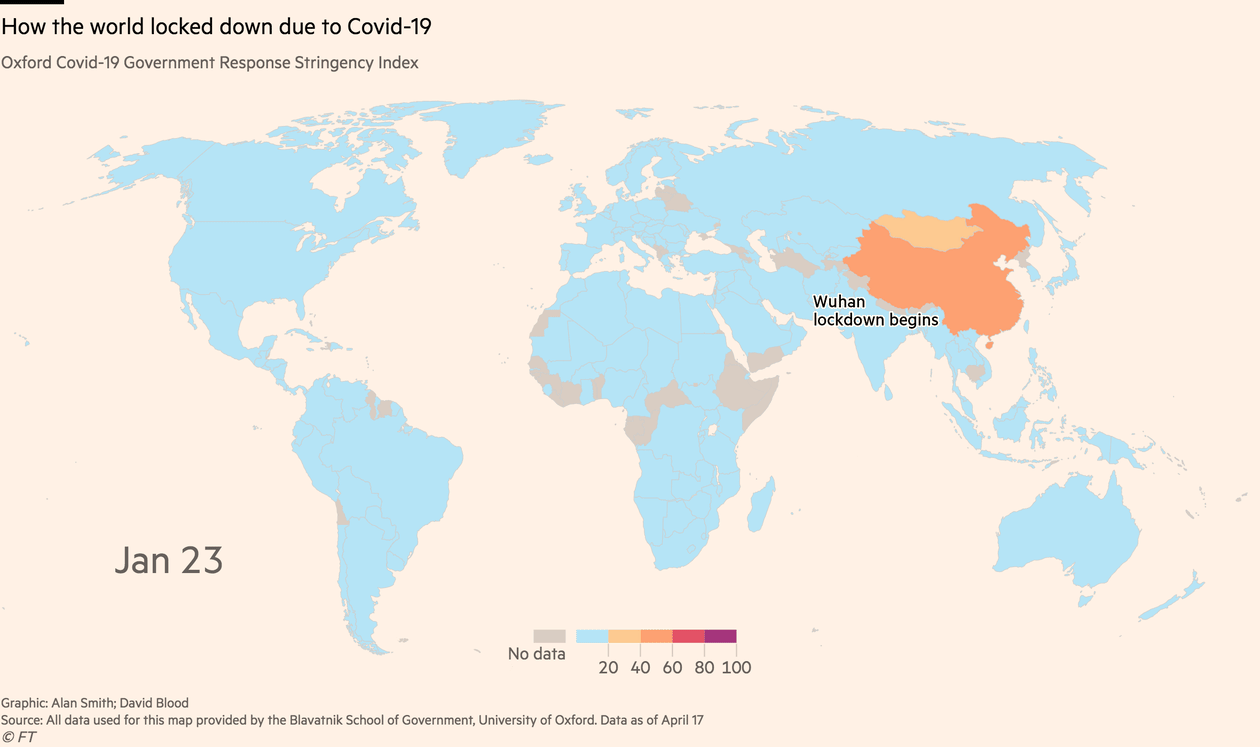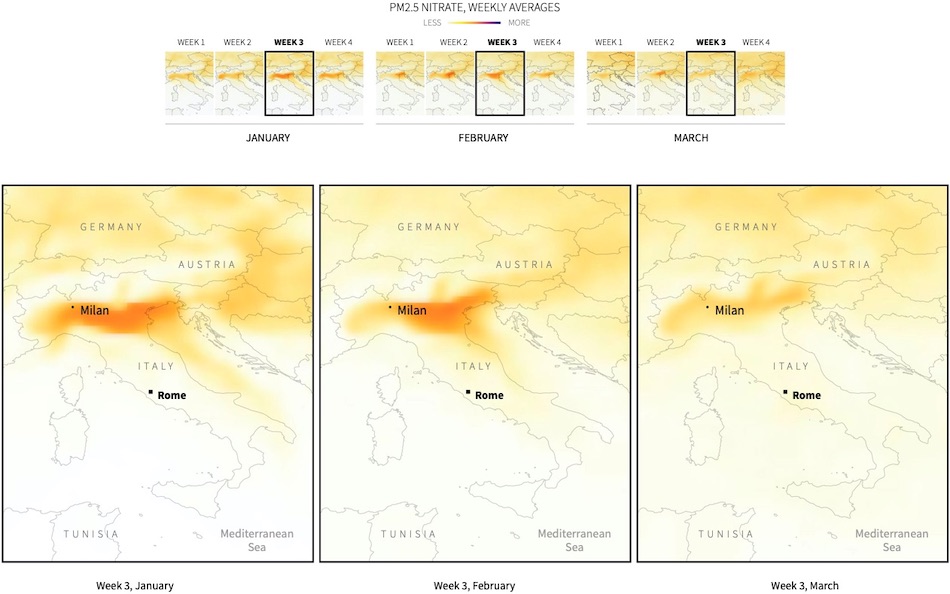For The New York Times, Jin Wu, Allison McCann, Josh Katz and Elian Peltier tracked the true toll of the coronavirus outbreak around the globe. Statistically speaking, over the past two months, far more people have died in most countries than in previous years.
The impact of Covid-19 on education
World Bank mapped school closure around the world because of the Covid-19 pandemic. Per 27 April 2020, only students in 7 countries can go to school as the school remain fully open.
Before the outbreak of the global coronavirus pandemic, the world was already dealing with a learning crisis, With the spread of the coronavirus, the education system is facing a new crisis, as more than 160 countries (as of March 24) mandate some form of school closures impacting at least 1.5 billion children and youth. Extended school closures may cause not only loss of learning in the short term, but also further loss in human capital and diminished economic opportunities over the long term.
Covid-19 death in Java, Indonesia
Earlier this month, Reuters reported on the jump in Jakarta funerals raises fears of unreported coronavirus deaths. This time, Reuters plotted the data of confirmed Covid-19 deaths versus suspected deaths across Java Island, Indonesia. The conclusion is that suspected deaths in four out of six provinces in Java Island are way higher than confirmed Covid-19 deaths.
Am I helping to protect the NHS?
Oxford Covid-19 Government Response Stringency Index
For Financial Times, Alan Smith and David Blood created a map using the data from Oxford Covid-19 Government Response Stringency Index. This index is created by The Oxford COVID-19 Government Response Tracker (OxCGRT) at Blavatnik School of Government, University of Oxford.
As Covid-19 spread beyond China, governments responded by implementing containment measures with varying degrees of restriction. Researchers at the University of Oxford’s Blavatnik School of Government have compiled data on a range of government response measures, such as school and workplace closures and restrictions on travel and gatherings, to create a stringency index.
Coronavirus infections have peaked in much of the rich world
The Economists pointed out that coronavirus infections have peaked in much of the rich world. It is also interesting to see that even Sweden, one of the only countries in the chart without any mandatory nationwide restrictions on movement, seems to have reached its peak.
Improvement in air quality
Northern Italy is Italy’s powerhouse. The industrial belt across northern Italy often experiences high levels of air pollution, but Reuters reported that Bergamo, one of the provinces most affected by the virus, has experienced improvements in air quality.
What is happening in Sweden (part 2)?
Last week I posted about the rise of intensive care treatment due to Covid-19 in Sweden compare to Norway, Denmark, and Finland. This time, Maija Kaartinen from Swedbank, pointed out that the patients hospitalised due to Covid-19 continued to increase in Sweden, but continued to decline in the other Nordic countries.
The second wave of coronavirus in Hong Kong, Taiwan, and Singapore
Hong Kong, Taiwan and Singapore are now confronting the second wave of coronavirus (Covid-19). However, this time, this second wave of transmission is predominantly from imported transmissions. For The New York Times, K.K. Rebecca Lai shows the top 15 places where people confirmed with coronavirus had travelled to.
The big lesson from South Korea’s coronavirus response
Vox explained how South Korea flattened the curve of the novel coronavirus. The hints: a combination of aggressive and widespread testing measures, along with a system know as “contact tracing”.








